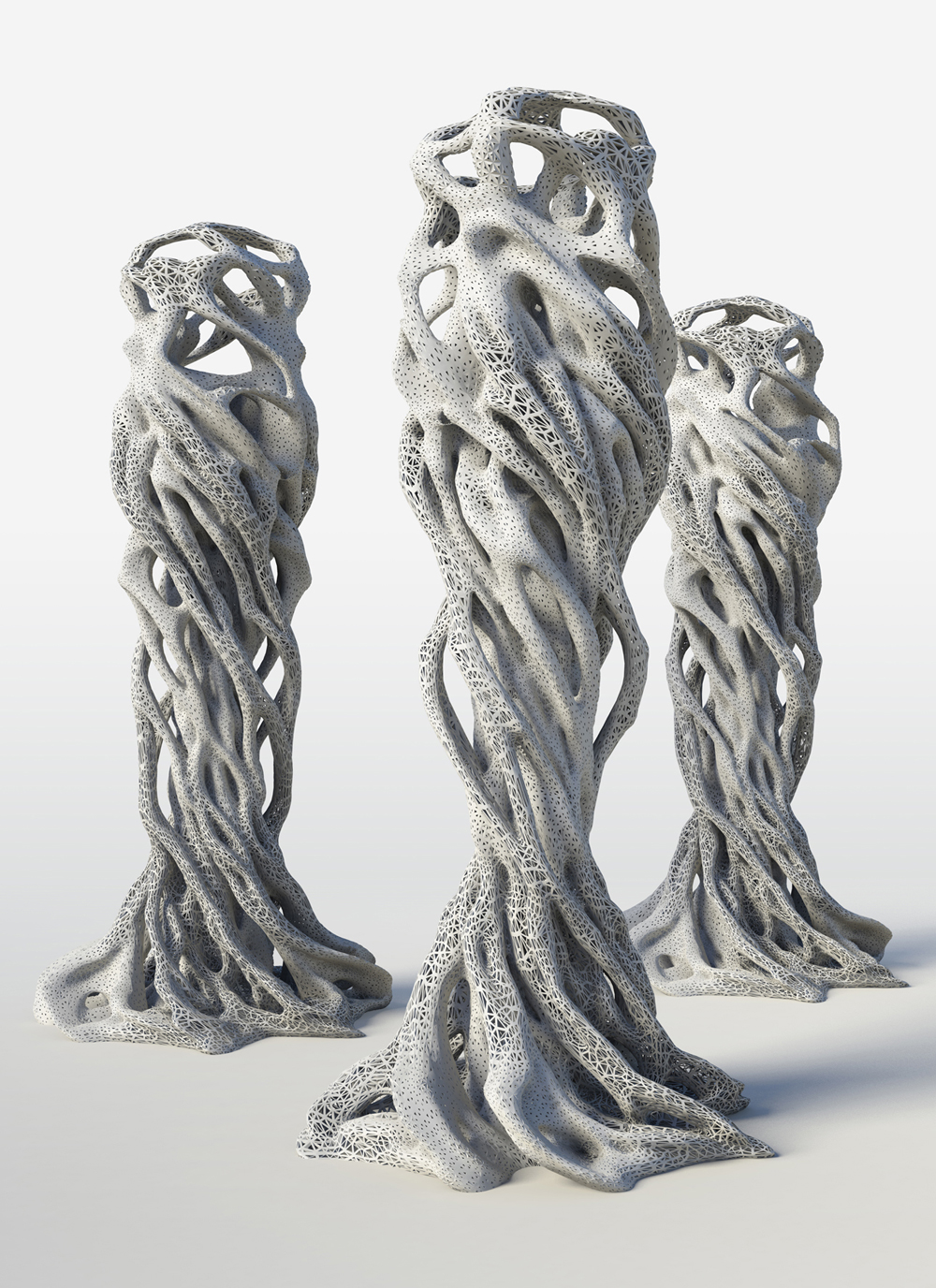
Daniel Widrig
ДАНИЭЛЬ ВИДРИК
Tower Study
Daniel Widrig’s studio now works in a broad range of fields including sculpture, fashion, furniture design and architecture. Embracing digital systems since its early days, the studio holds a unique position in the field and is widely considered to be in the vanguard of digital art and design.The Tower Studies examine this same material behaviour on an architectural scale, further blurring the distinction found on a small scale between structure and ornament.










